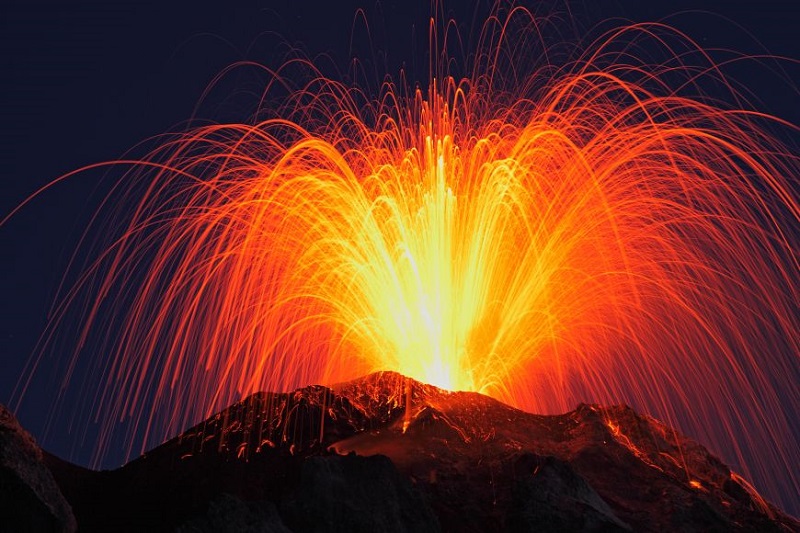
Our ‘Mother Earth’ is full of volcanic mountains. In these many are active also. The volcanoes are mountains that open to reveal the hot mass inside, ‘lava’. A volcano is an opening in the Earth’s crust that allows molten rock, gases, and debris to escape to the surface.
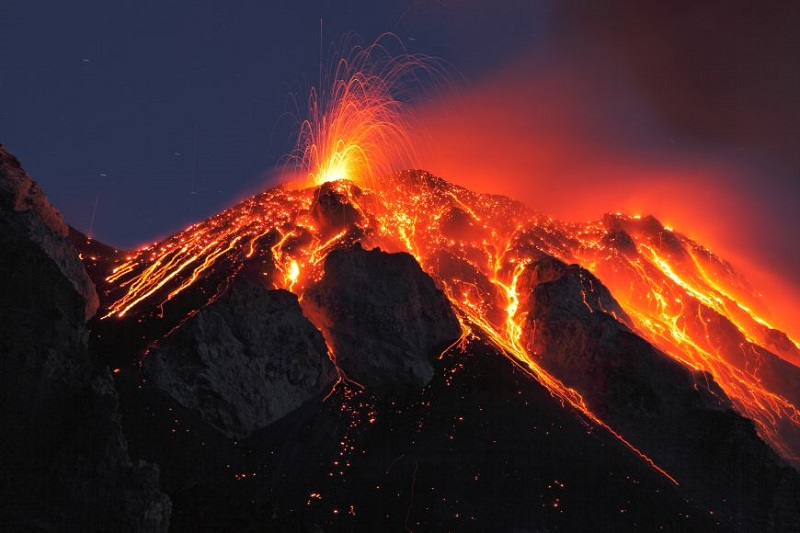
Alaska, Hawaii, California, and Oregon have the most active volcanoes, but other states and territories have active volcanoes, too. A volcanic eruption may involve lava and other debris that can flow up to 100 mph, destroying everything in their path. Volcanic ash can travel 100s of miles.
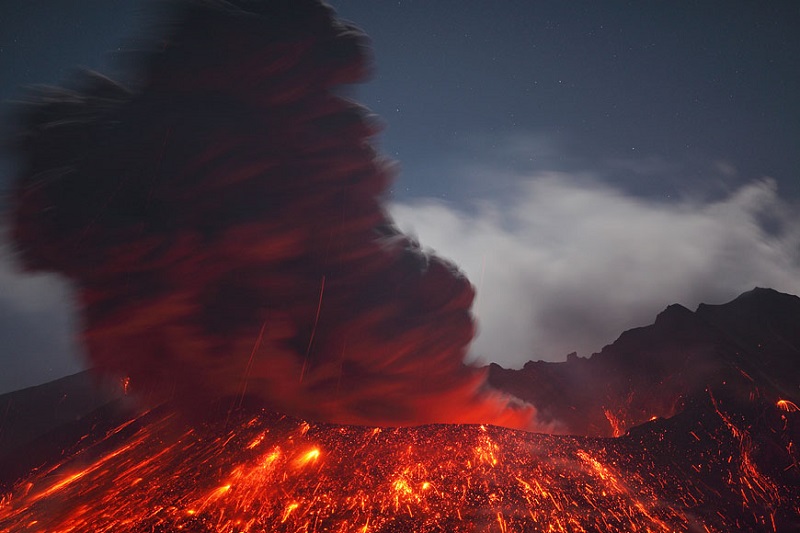
These volcanic areas usually form mountains built from the many layers of rock, ash or other material that collect around them. Volcanoes can be active, dormant, or extinct.
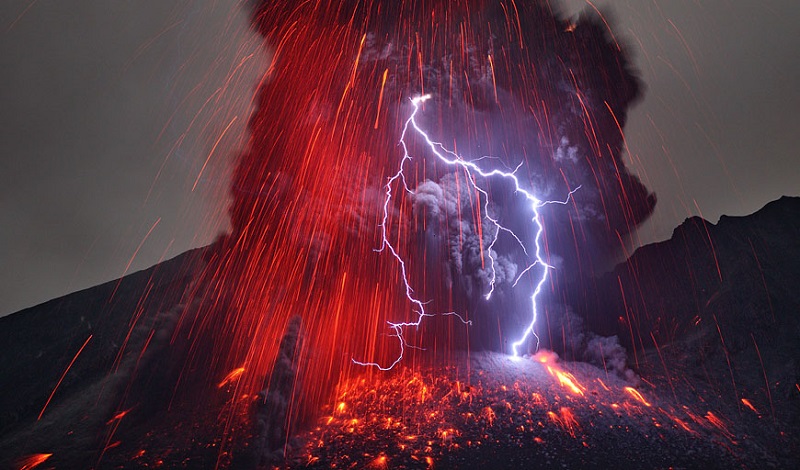
Active volcanoes are volcanoes that have had recent eruptions or are expected to have eruptions in the near future. Dormant volcanoes no longer produce eruptions, but might again sometime in the future. Extinct volcanoes will likely never erupt again.
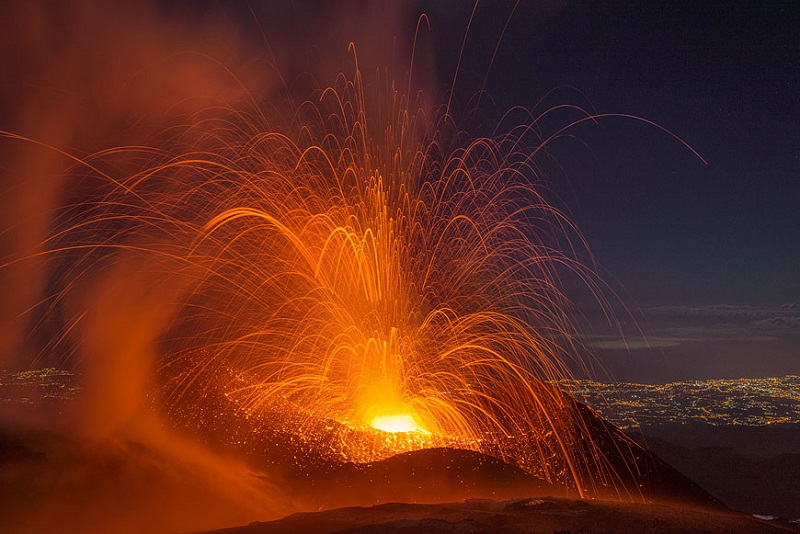
Deep within the Earth, it is so hot that some rocks slowly melt and become a thick flowing substance called magma. Since it is lighter than the solid rock around it, magma rises and collects in magma chambers. Eventually, some of the magma pushes through vents and fissures to the Earth’s surface. Magma that has erupted is called lava.
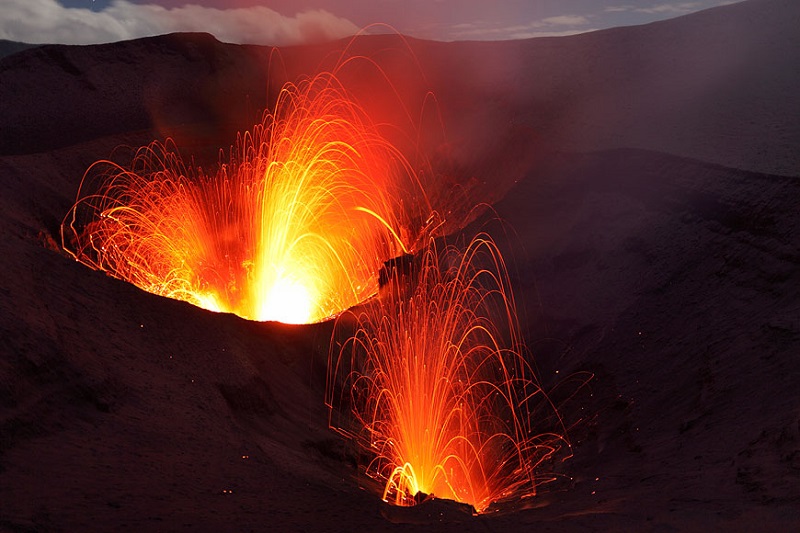
Some volcanic eruptions are explosive and others are not. The explosivity of an eruption depends on the composition of the magma. If magma is thin and runny, gases can escape easily from it. When this type of magma erupts, it flows out of the volcano. A good example is the eruptions at Hawaii’s volcanoes.
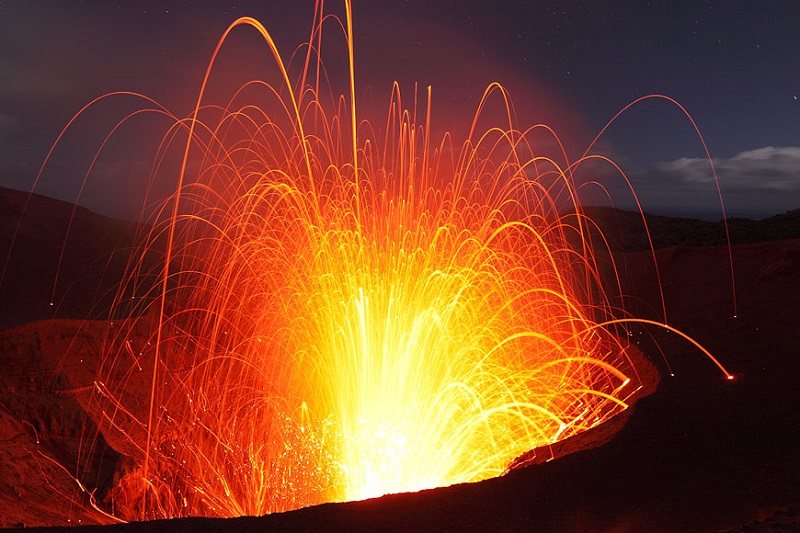
Lava flows rarely kill people because they move slowly enough for people to get out of their way. If magma is thick and sticky, gases cannot escape easily. Pressure builds up until the gases escape violently and explode. A good example is the eruption of Washington’s Mount St. Helens.
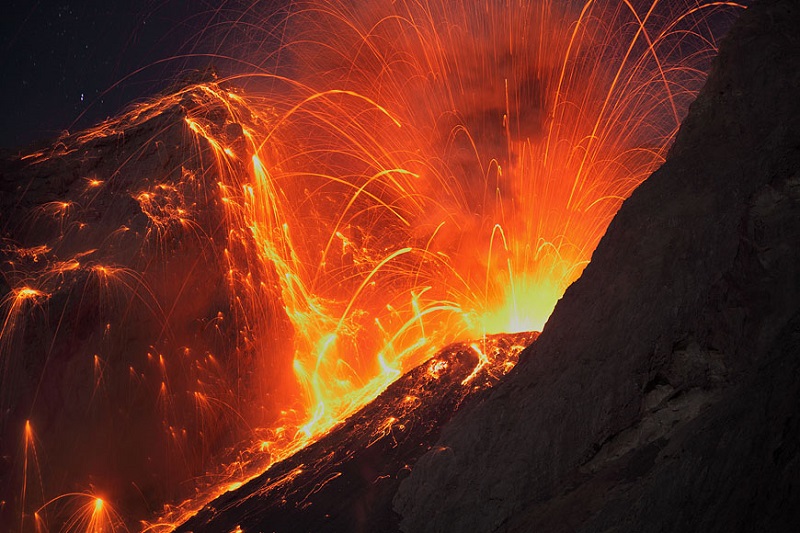
In this type of eruption, the magma blasts into the air and breaks apart into pieces called tephra. Tephra can range in size from tiny particles of ash to house-size boulders.
Explosive volcanic eruptions can be dangerous and deadly. They can blast out clouds of hot tephra from the side or top of a volcano. These fiery clouds race down mountainsides destroying almost everything in their path. Ash erupted into the sky falls back to Earth like powdery snow.
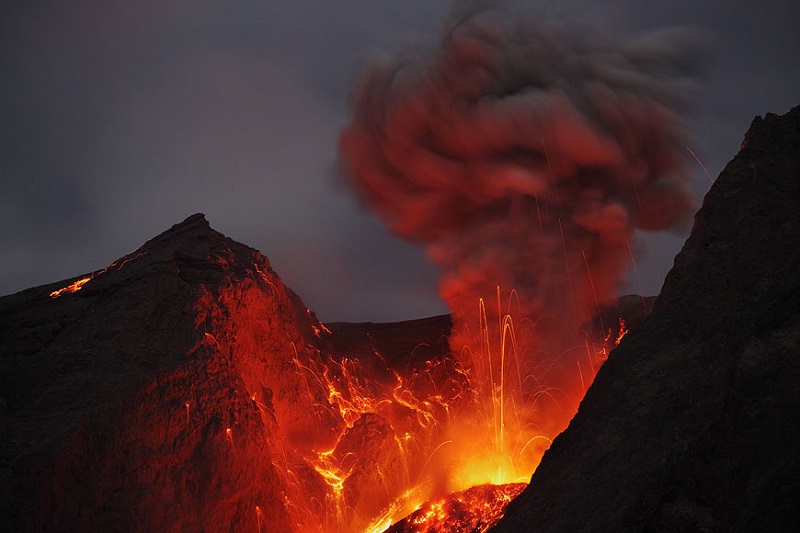
If thick enough, blankets of ash can suffocate plants, animals, and humans. When hot volcanic materials mix with water from streams or melted snow and ice, mudflows form. Mudflows have buried entire communities located near erupting volcanoes.
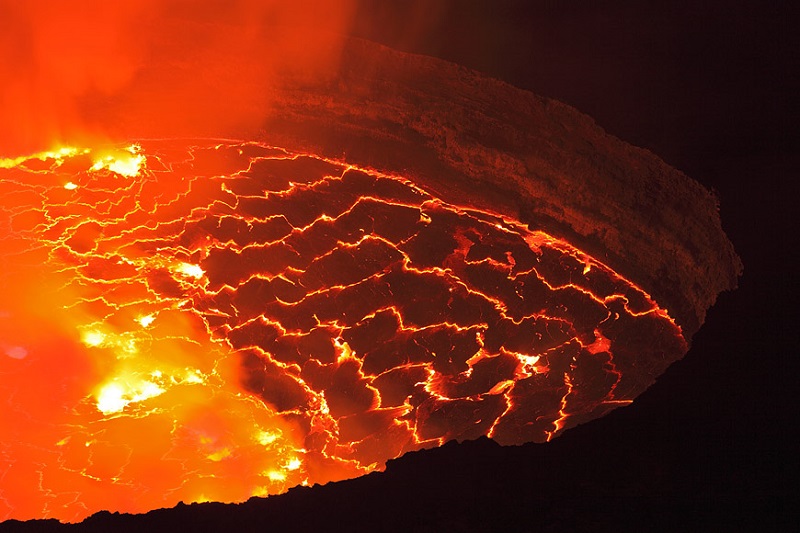
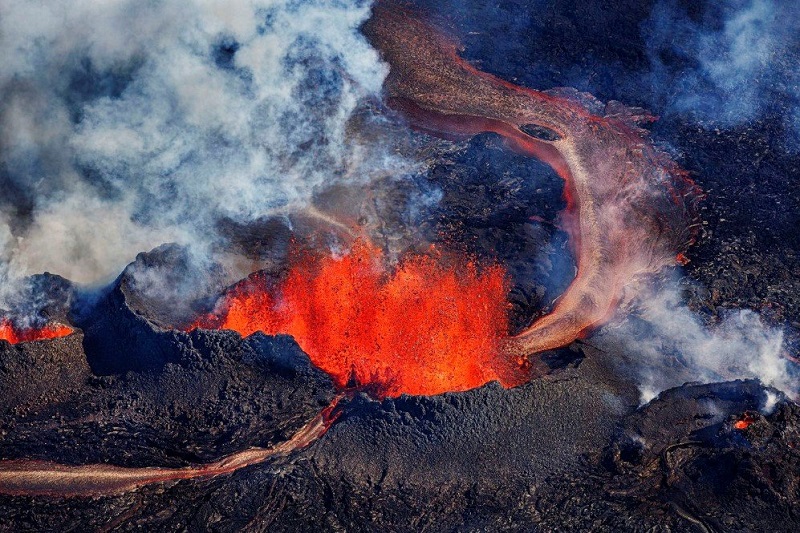
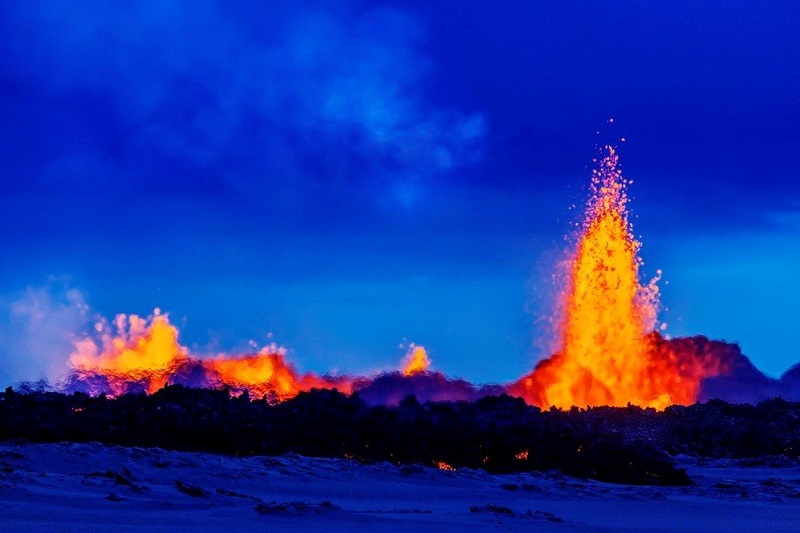

Post Your Comments